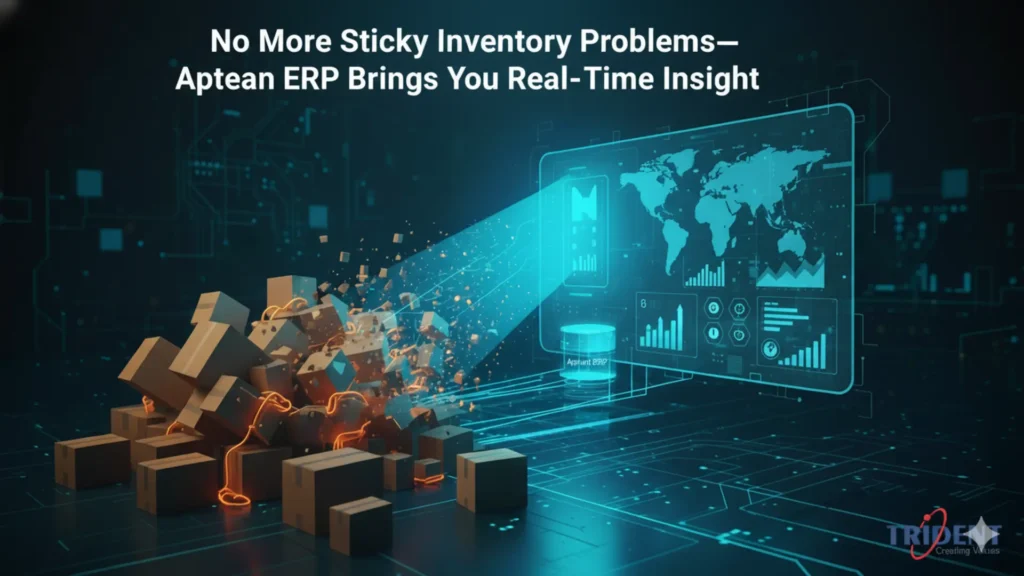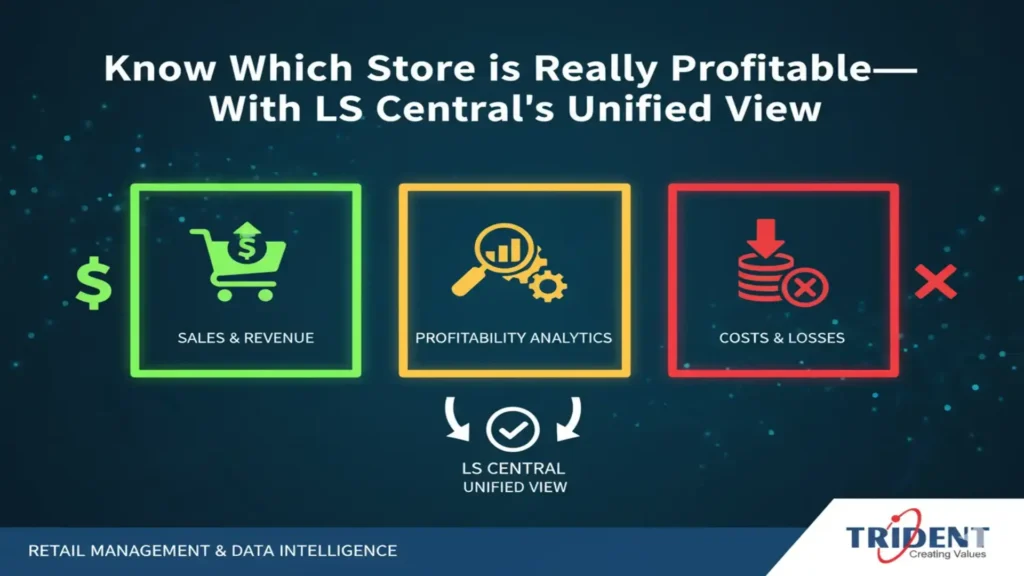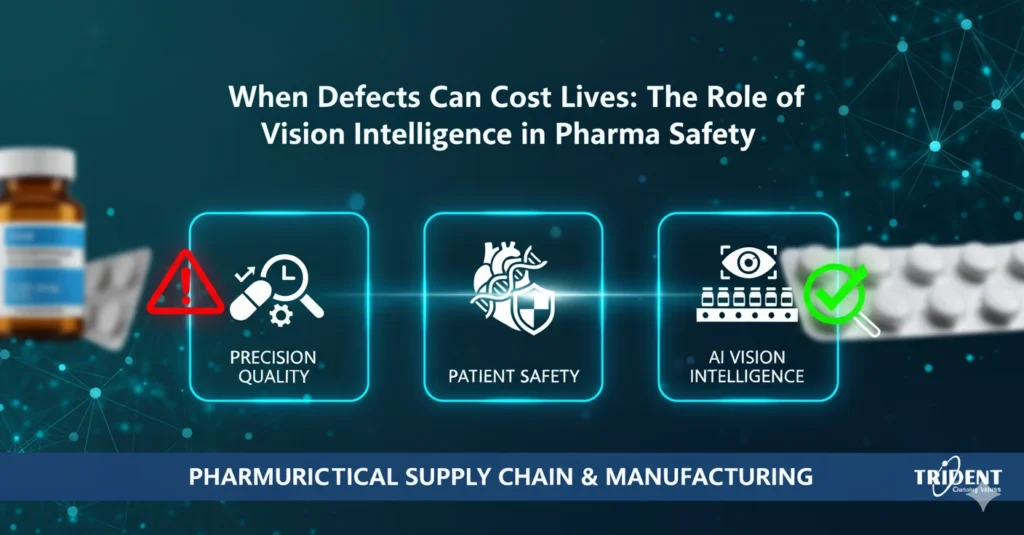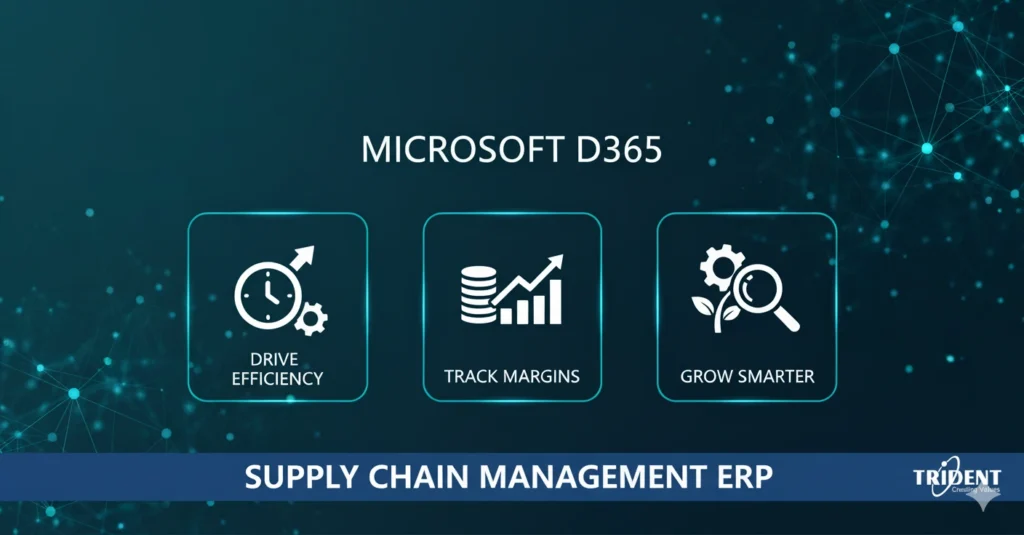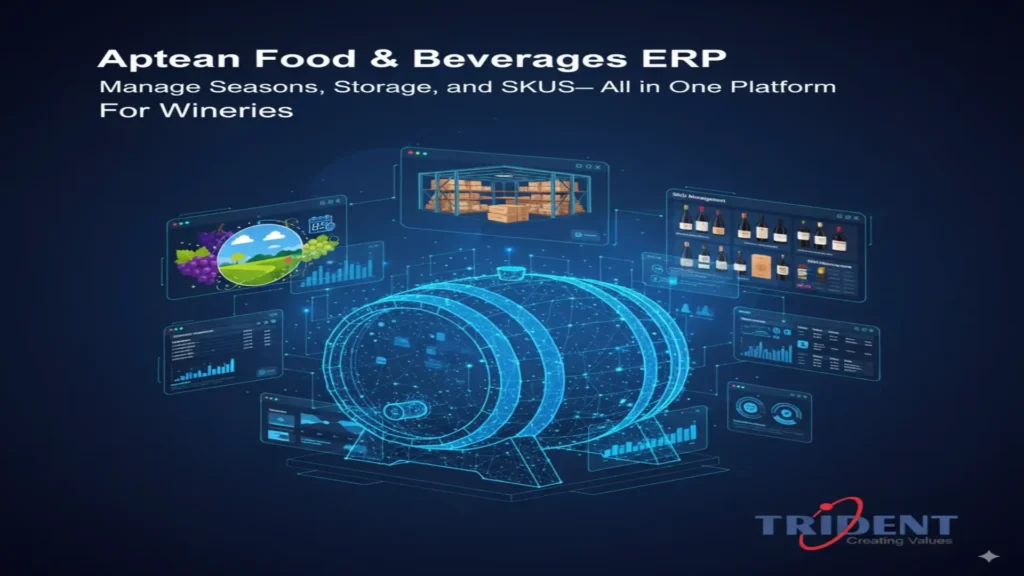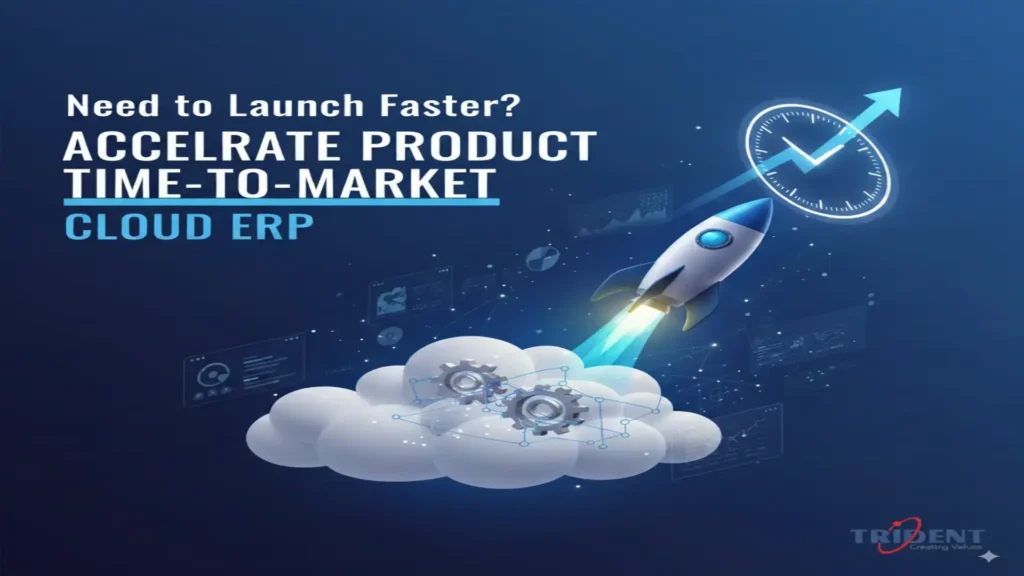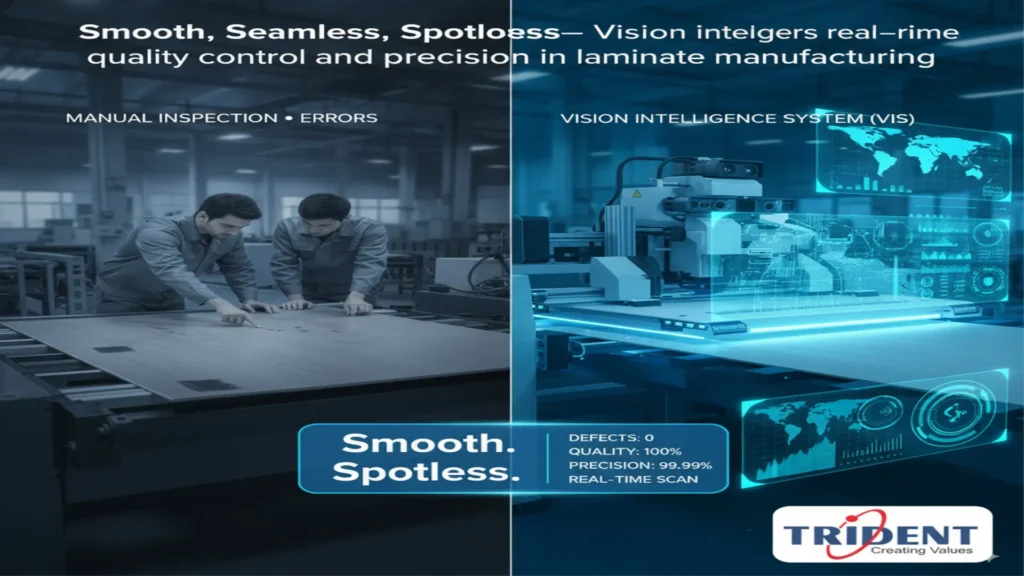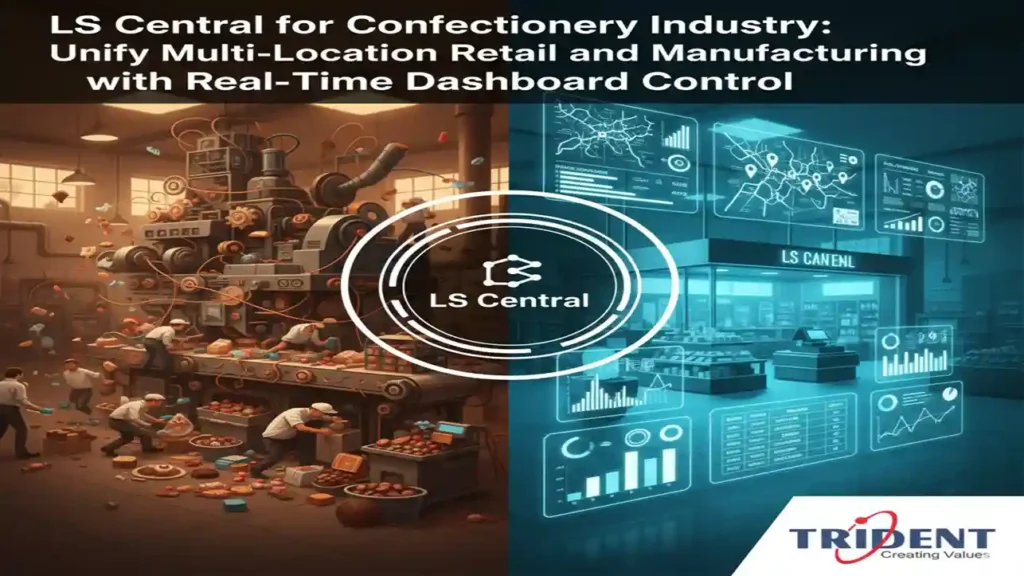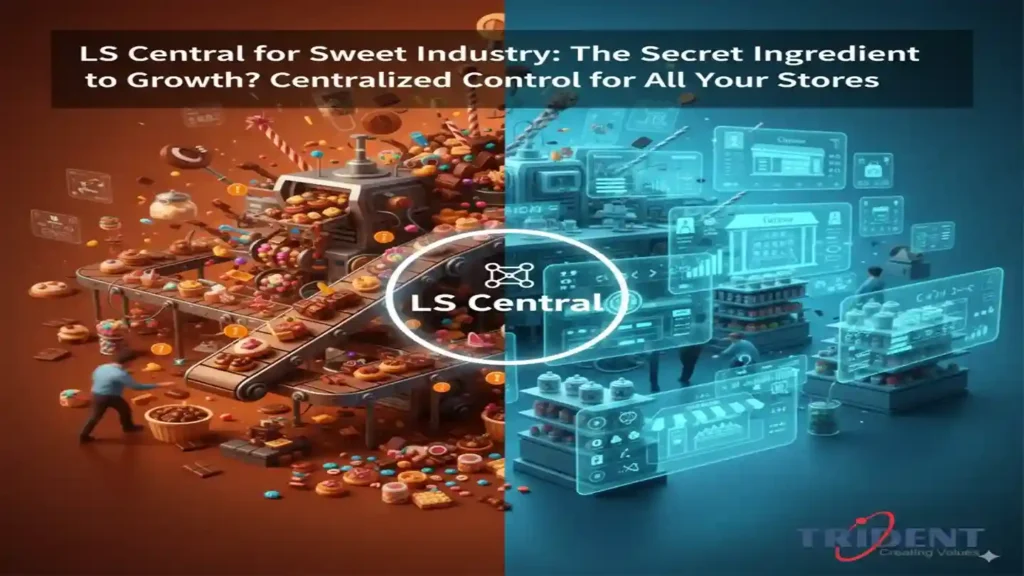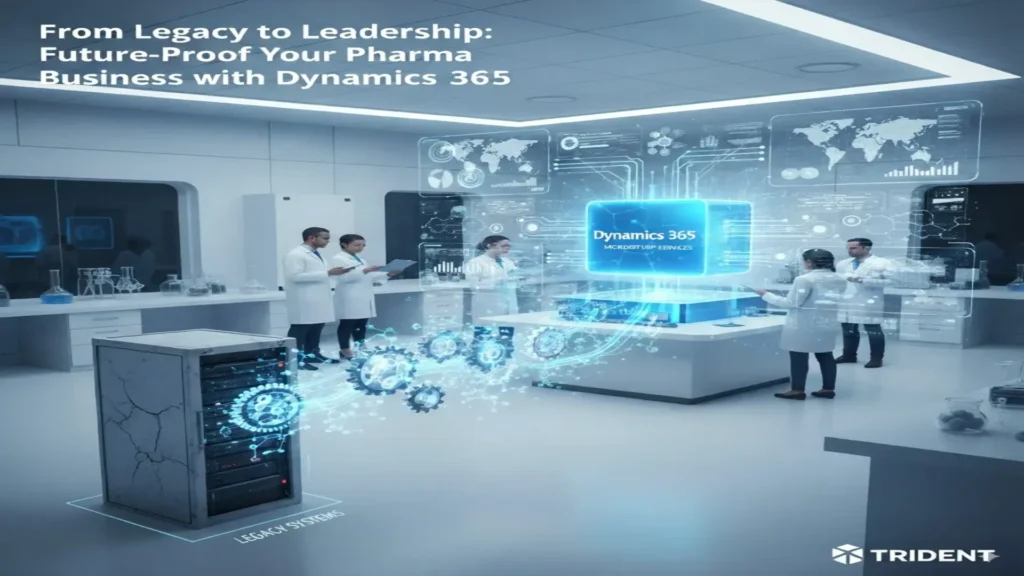No More Sticky Inventory Problems—Aptean ERP Brings You Real-Time Insight
Introduction to Inventory Challenges in Food & Beverage Industry Inventory management is one of the toughest challenges in the food and beverage industry. Confectionery businesses, in particular, deal with high-volume, seasonal fluctuations, strict safety regulations, and short shelf lives. When inventory is not managed properly, companies end up with wastage, stockouts, and unhappy customers. These issues are often referred to as “sticky inventory problems” because they cling to operations, creating bottlenecks that slow down efficiency. Why Inventory Gets “Sticky” in Confectionery Operations In confectionery operations, “sticky” inventory problems can be both literal and metaphorical. Products like chocolates, candies, and syrups require careful handling, while managing raw ingredients like sugar, cocoa, and dairy can be tricky due to spoilage risks. Add to this seasonal demand—think Diwali sweets, Christmas chocolates, or Easter eggs—and the complexity grows. Without a smart system, many businesses end up with either overstock that goes stale or understock that misses opportunities. The High Stakes of Poor Visibility Poor inventory visibility can break a business. When companies cannot see what stock is available, what’s near expiry, and what’s in production, it leads to waste and lost revenue. Imagine a chocolate factory producing 20% more Easter eggs than needed, only to discard them after the holiday rush. That’s money, effort, and brand reputation gone. Poor visibility also causes disruptions in supply chain planning, making it difficult to meet customer expectations. Understanding Aptean ERP for Food and Beverage What Makes Aptean ERP Different Aptean ERP is not just another enterprise resource planning software. It’s designed specifically for the food and beverage sector. Unlike generic systems, it includes features like lot tracking, expiration monitoring, recipe management, and compliance tools. It goes beyond inventory numbers—it helps confectionery businesses predict, control, and optimize every stage of the process. Industry-Specific Design for Confectionery Businesses Confectionery production requires precision and flexibility. Aptean ERP helps manufacturers manage recipes for chocolates, candies, and sweets while allowing for substitutions if raw ingredients vary. It handles batch sizes, monitors allergens, and ensures labeling compliance. This makes it a perfect fit for candy makers and confectionery producers who want to streamline their operations without sacrificing quality or safety. Real-Time Insights: The Game-Changer Live Inventory Tracking One of the standout features of Aptean ERP is its live inventory tracking. Businesses no longer have to wait for manual reports or rely on outdated spreadsheets. Instead, they get instant updates on raw materials, semi-finished products, and finished goods. This ensures better decisions about production runs, purchase orders, and distribution schedules. Demand Forecasting with Accuracy Predicting demand is critical in confectionery. Aptean ERP uses predictive analytics to learn from past sales, seasonal trends, and market data. For example, it can alert a chocolate producer months before Valentine’s Day about projected increases in demand, ensuring that supply matches market needs. This reduces last-minute panic and ensures products hit the shelves on time. Smart Batch and Lot Control Every batch of sweets can be traced from ingredient sourcing to the customer’s hands. This not only ensures quality but also compliance with regulations. If there’s ever a recall, businesses can quickly identify affected batches without disrupting entire product lines. For confectionery, where allergens and freshness are critical, this is a huge advantage. Tackling Inventory Issues in Confectionery Industry Managing Seasonal Demand and Fluctuations Seasonal demand is one of the biggest challenges in the confectionery business. From Christmas cookies to Diwali sweets, consumer demand spikes unpredictably. Aptean ERP prepares businesses for these shifts by providing demand forecasts and aligning production schedules. This ensures customers get their festive treats while manufacturers avoid leftover stock. Controlling Shelf Life and Expiry Dates Confectionery products often have a limited shelf life. Aptean ERP provides alerts when inventory is nearing expiry, allowing businesses to push stock through discounts, promotions, or redistribution before it becomes waste. This proactive approach saves money while keeping products fresh on store shelves. Reducing Waste and Overstock Risks Overproduction leads to wasted resources, while underproduction results in missed revenue. With Aptean ERP, businesses strike the right balance by monitoring live data. This reduces both waste and the risk of disappointing customers due to stockouts. Aptean ERP Features Tailored for Food & Confectionery Recipe and Formula Management Maintaining product consistency is vital in the confectionery industry. Aptean ERP ensures recipes are standardized across batches, minimizing errors and maintaining flavor integrity. It also allows for flexible formula adjustments when raw material costs or availability change. Traceability and Compliance Made Easy Food safety regulations require strict adherence to standards like FDA, ISO, and GMP. Aptean ERP enables full traceability from raw materials to finished products, ensuring compliance is seamless. If regulators require proof of quality, businesses can provide it instantly. Warehouse Automation and Efficiency Manual warehouse management is time-consuming and error-prone. Aptean ERP automates stock movements, replenishments, and picking processes. This improves speed, reduces errors, and ensures the right products reach the right destinations on time. How Real-Time Data Prevents Sticky Situations Predictive Analytics for Smarter Decisions Predictive analytics in Aptean ERP gives confectionery businesses the power to anticipate rather than react. Instead of guessing, businesses get reliable forecasts based on data patterns. This enables better planning for production runs, promotions, and supplier negotiations. Integration with Supply Chain and Distribution Aptean ERP integrates suppliers, manufacturers, and distributors into one seamless system. This ensures smooth coordination and reduces delays. If a supplier is late, the system alerts managers immediately, allowing for quick adjustments. Transparency Across Departments With a single version of the truth, every department—from production to sales—works with the same real-time data. This avoids miscommunication, reduces duplicate efforts, and ensures the company moves in one direction. The Business Benefits of Aptean ERP Better Profit Margins through Reduced Losses When waste decreases and efficiency increases, profit margins naturally rise. By minimizing overproduction and spoilage, Aptean ERP directly contributes to better bottom lines for confectionery companies. Higher Customer Satisfaction On-time delivery of fresh and high-quality confectionery builds brand loyalty. With real-time tracking and streamlined processes, businesses can ensure consistent customer satisfaction. Faster Response to
No More Sticky Inventory Problems—Aptean ERP Brings You Real-Time Insight Read More »

